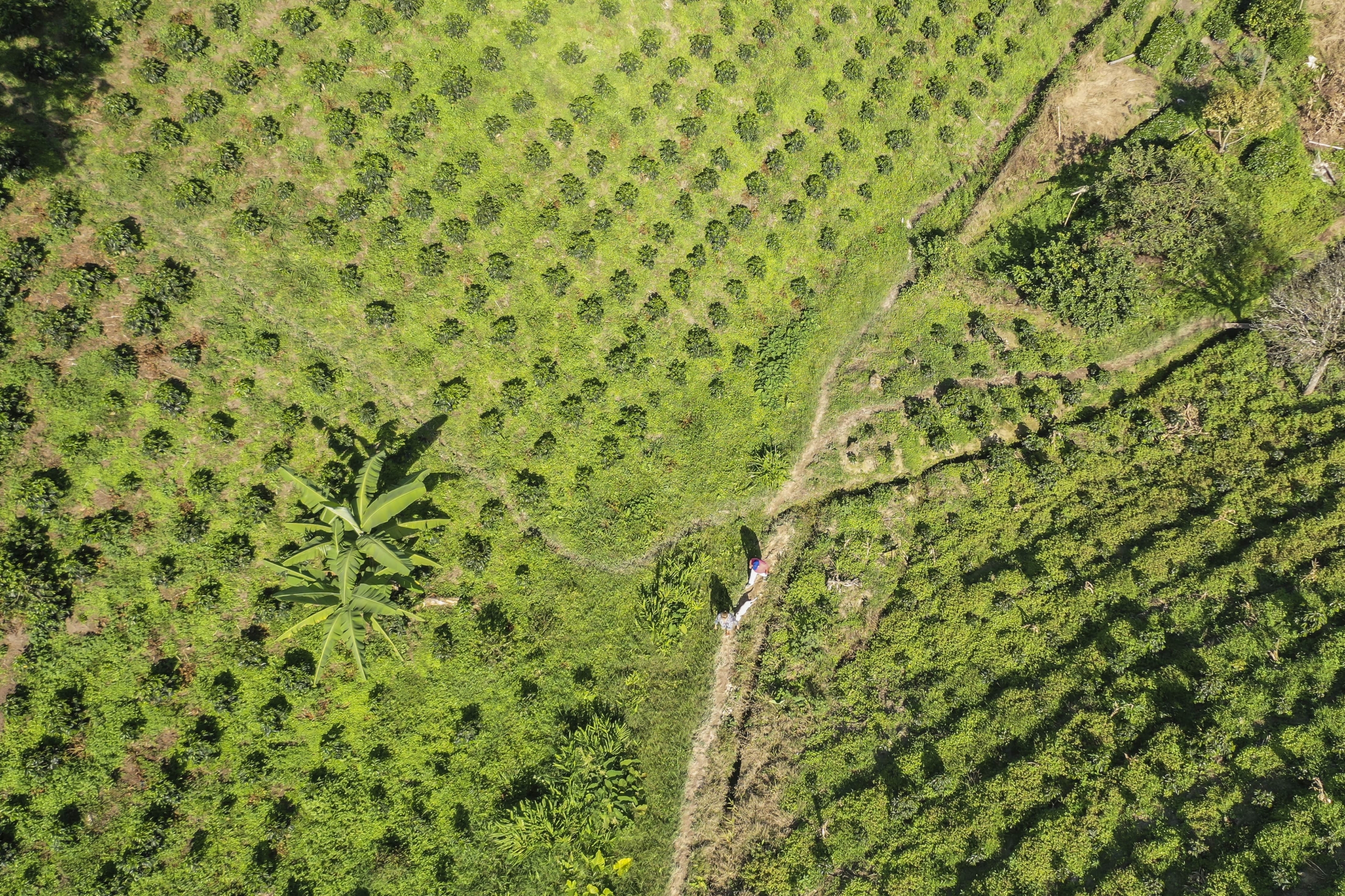Colombia is the rare country that produces coffee all year long, thanks to the variety of its geography, altitudes and microclimates. Colombia has 22 coffee-growing regions, and each is celebrated for qualities attributed to its terroir, varieties and processing practices. Huila, for example, is known for juicy, fruity coffees with lots of body, while Antioquia is known for a lighter body and bright citrus notes.
Swiss Water Process
Swiss Water Process (SWP) decaffeination works through diffusion, not osmosis. Initially, green coffee beans are soaked in water until all the caffeine and flavor compounds are extracted. The beans are then discarded, and the solution they created is run through a carbon filter that removes the caffeine, leaving behind only the flavor compounds—what SWP calls its green coffee extract, or GCE.
When SWP decaffeinates a coffee, the beans are soaked with a small amount of the GCE, which creates a saturated solution in which the caffeine leaves but the flavor compounds remain in place, unaffected. The GCE is like a yeast “mother.” While initially SWP had to sacrifice some coffee to create it, once the first batch was made, it just needs to maintain the health of the GCE and keep it slowly regenerating, which it does by adding small amounts of clean water.

